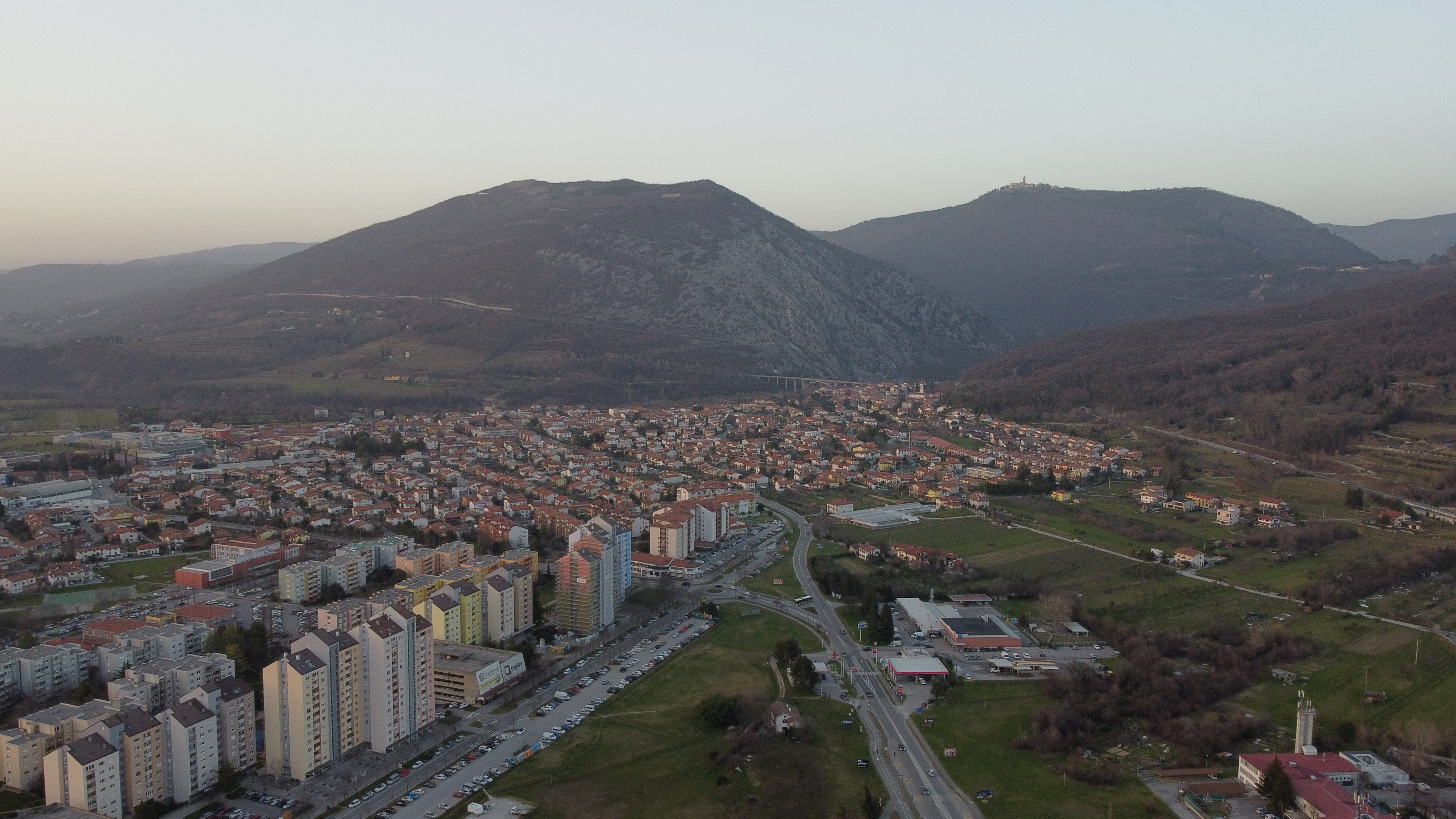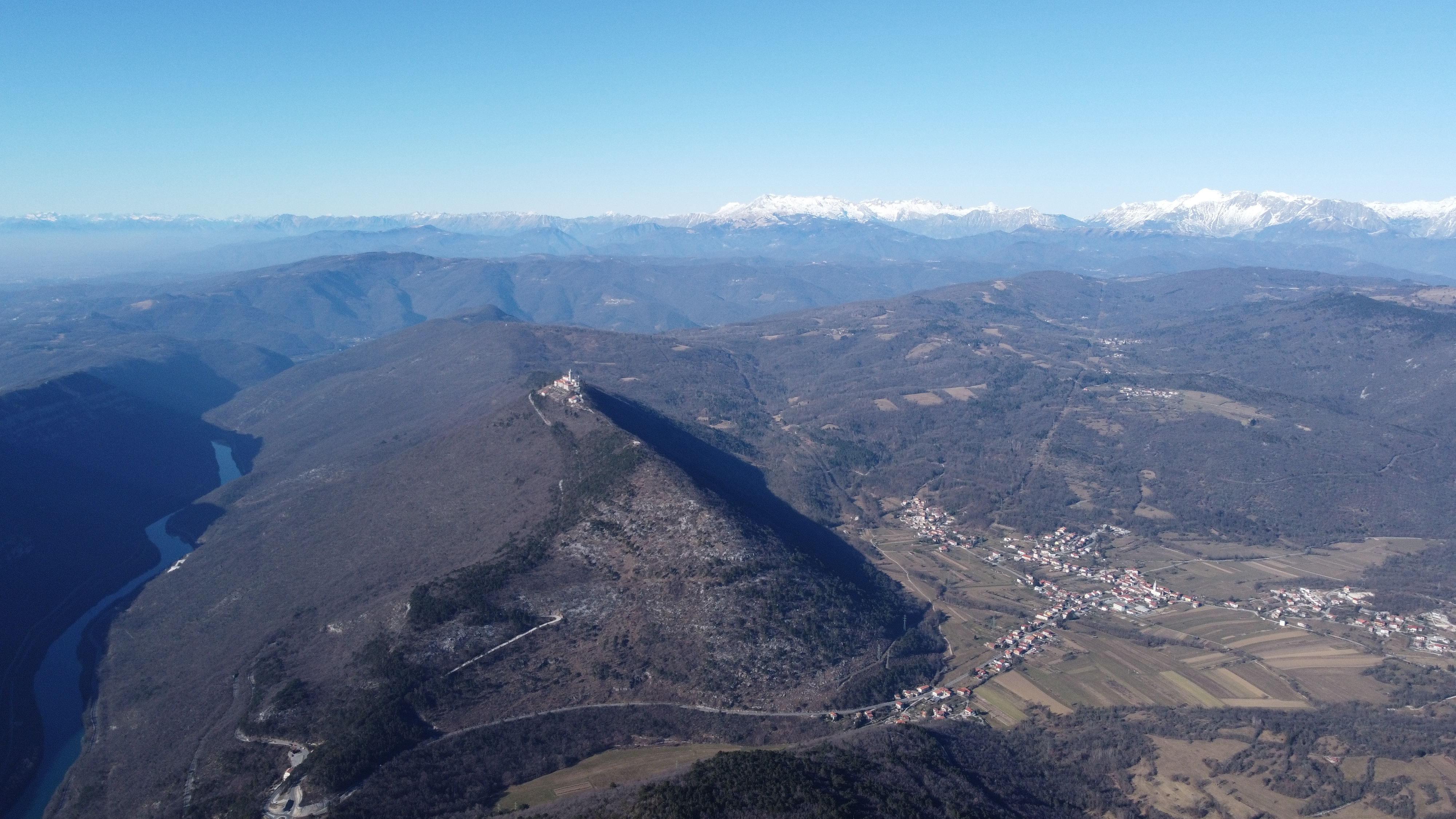Sveta Gora: A Beacon of Faith Above the Soča Valley
Perched 682 meters high on Skalnica hill, Sveta Gora (Holy Mountain) stands as a prominent spiritual center in western Slovenia, offering breathtaking views of the Soča Valley and the Julian Alps. For centuries, it has been the most important pilgrimage destination in the region, drawing the faithful to its magnificent basilica dedicated to the Assumption of Mary. Its rich and often turbulent history is deeply intertwined with the local faith and the major historical events that have shaped this borderland.
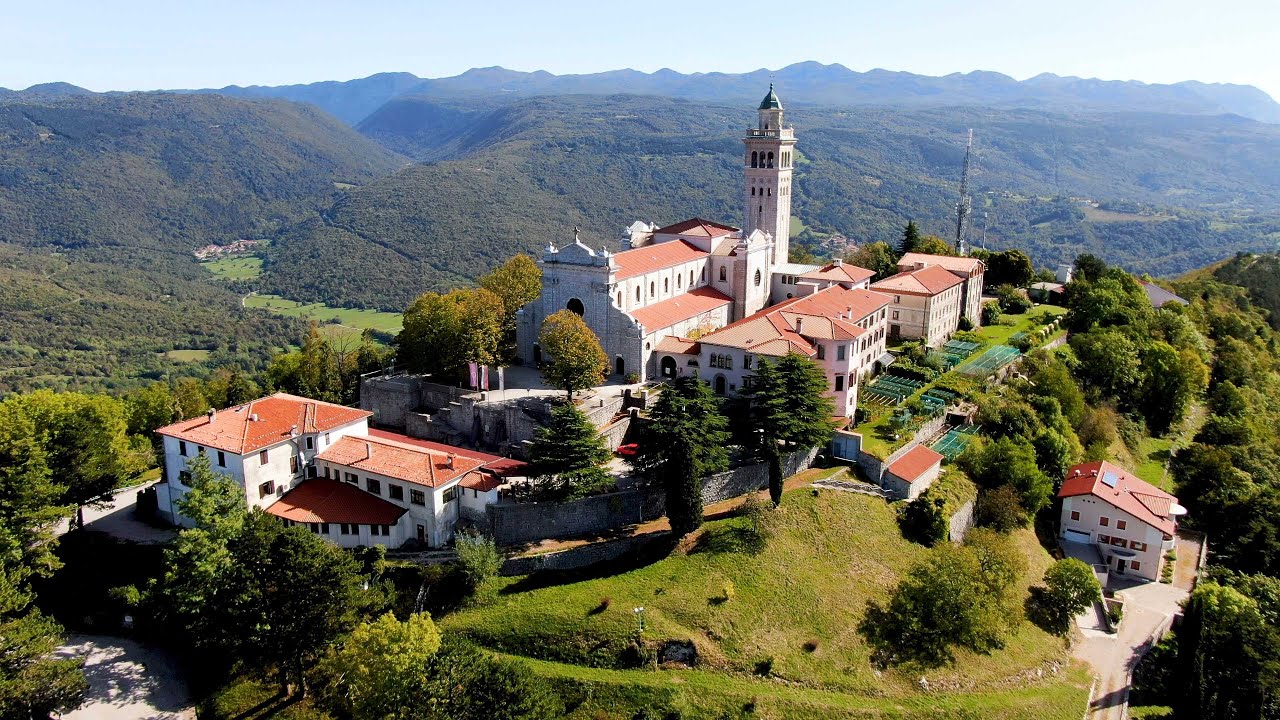
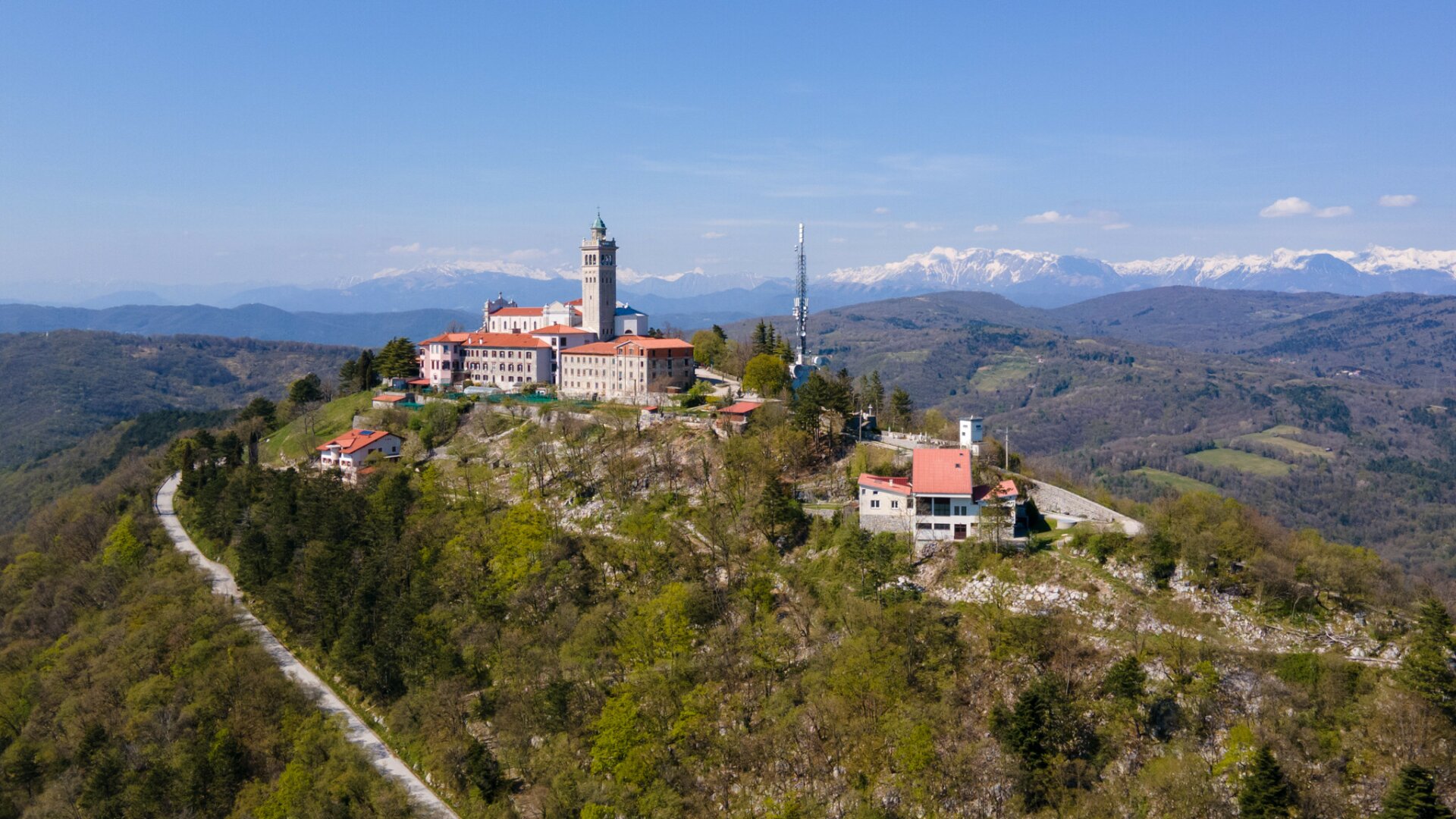
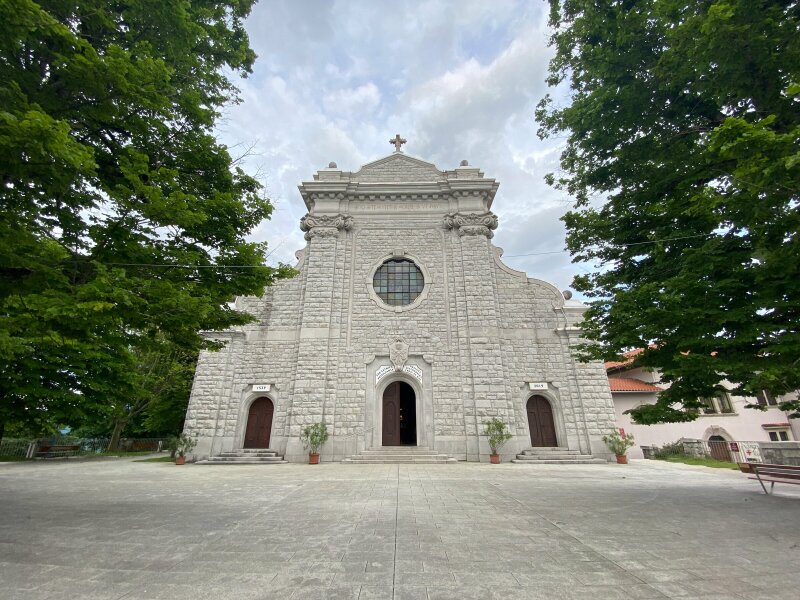
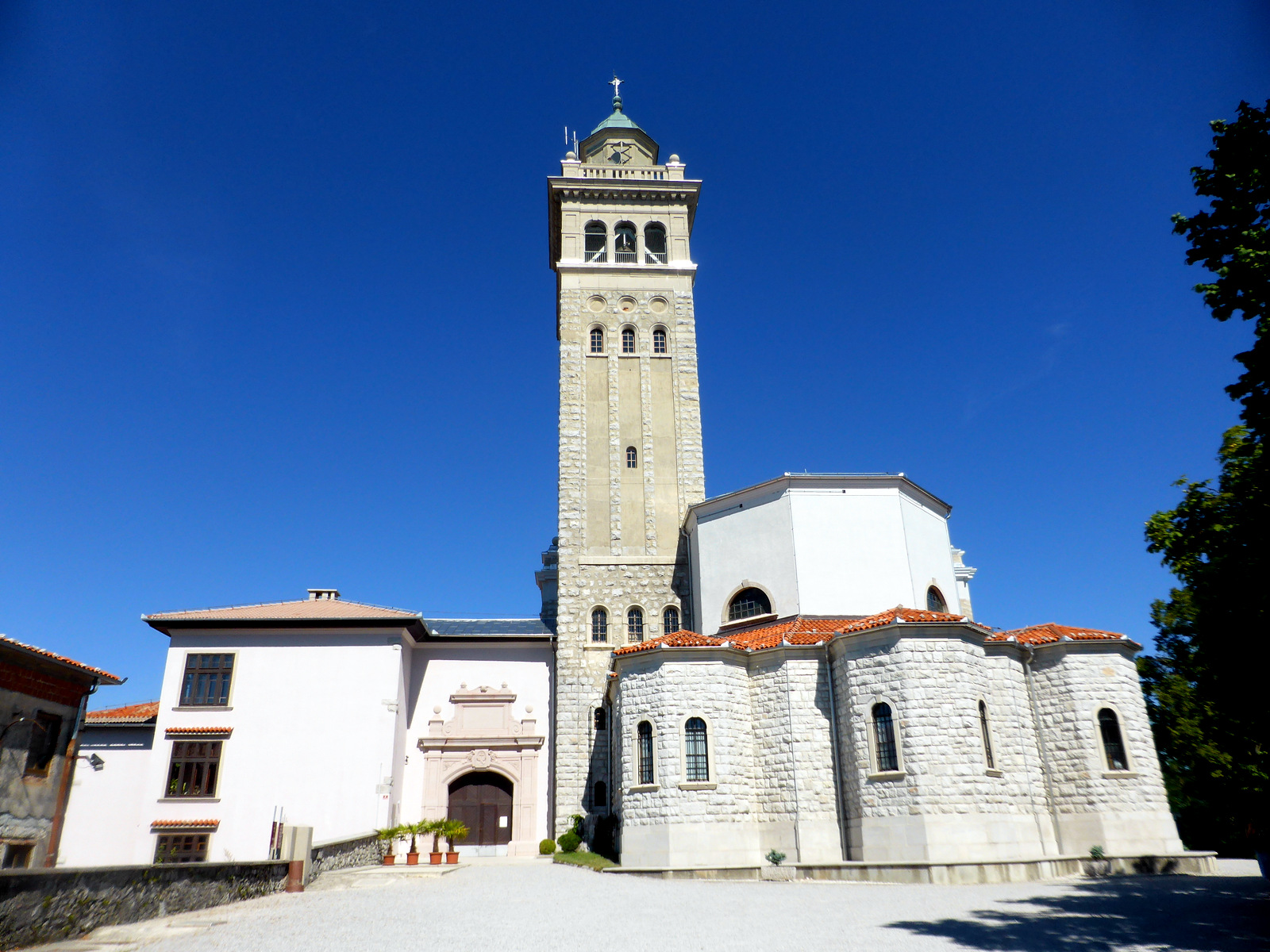
The Marian Apparition and the Birth of a Pilgrimage Site
The modern history of Sveta Gora as a major pilgrimage site began in 1539. According to tradition, the Virgin Mary appeared to a local shepherdess named Urška Ferligoj from the nearby village of Grgar. Mary instructed her to have a church built on the hill in her honor. Although initially met with disbelief, the persistence of the message led to the construction of a new church, which was completed in 1544. This event marked the beginning of a strong pilgrimage tradition that continues to this day.
The Basilica of the Assumption of Mary
The heart of Sveta Gora is its impressive basilica, dedicated to the Assumption of Mary. A significant treasure within the basilica is the miraculous image of the Mother of God, a work attributed to the Venetian painter Palma the Elder, which was gifted to the church in 1544. In 1907, Pope Pius X granted the church the title of basilica. The present-day basilica was built between 1924 and 1928 in a Neo-Baroque style after its predecessor was completely destroyed during World War I. Its interior features a beautifully carved ceiling, stained glass windows, and impressive Stations of the Cross.
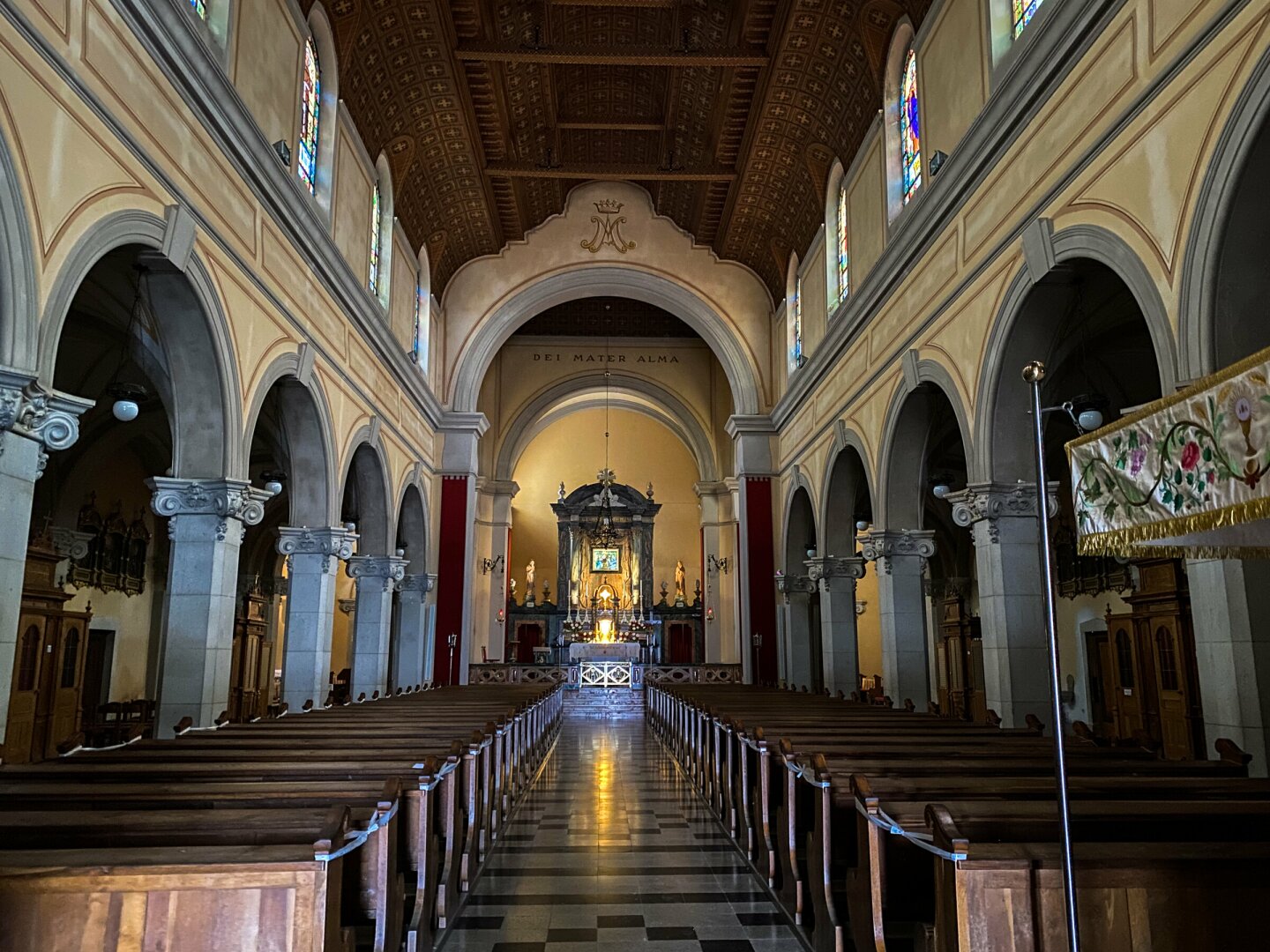
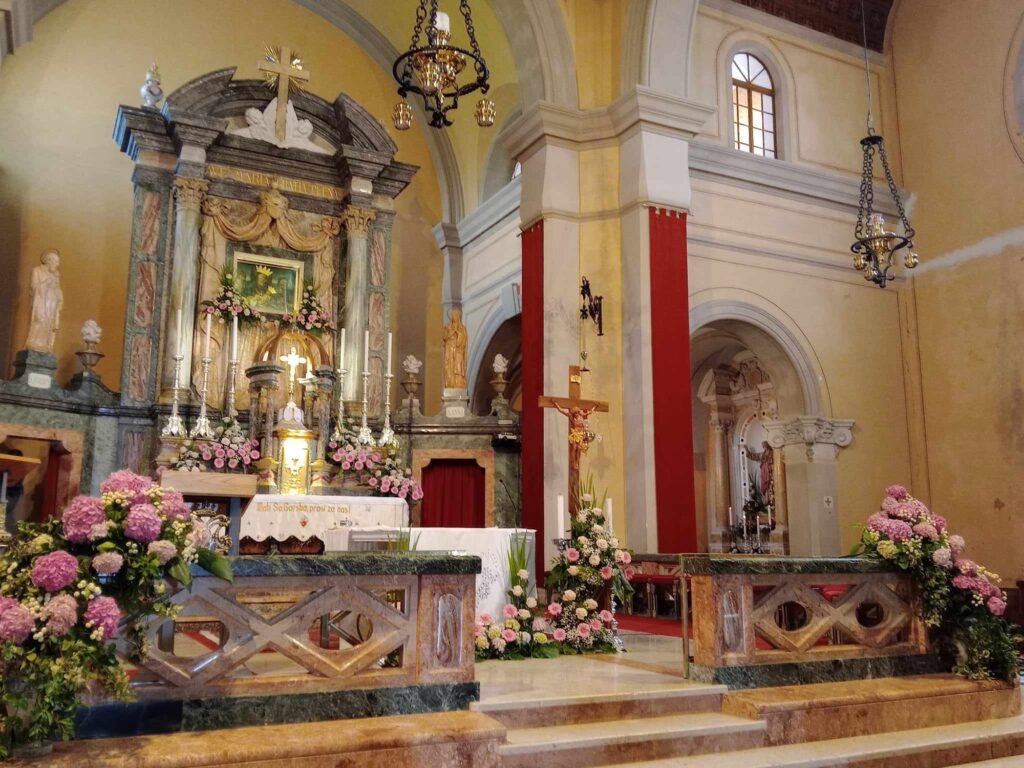
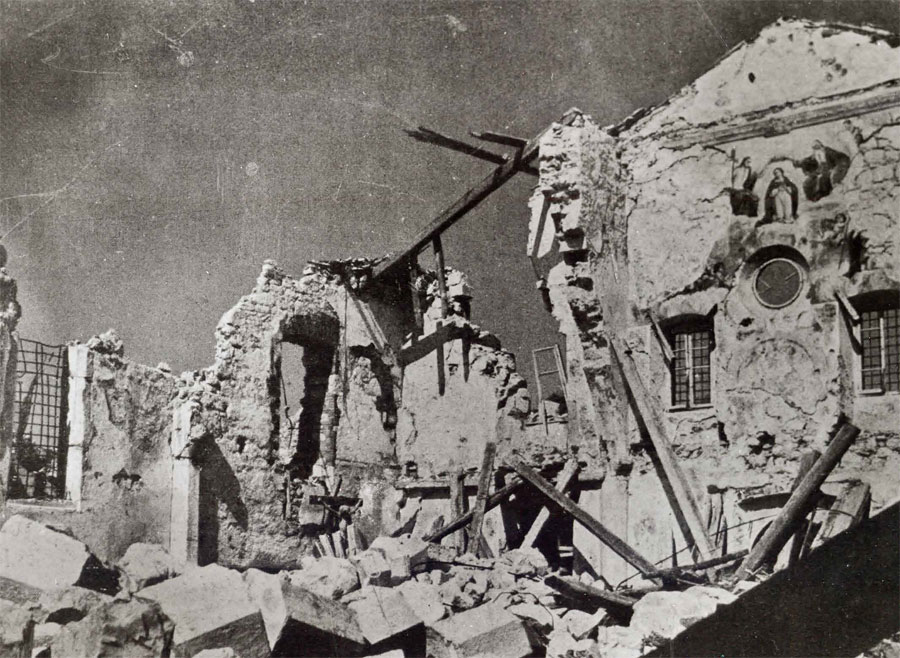
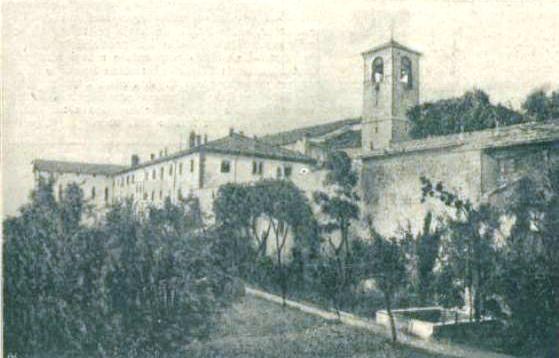
A Witness to the Battles of the Isonzo
Due to its strategic location overlooking the Soča (Isonzo) River, Sveta Gora became a focal point during the Battles of the Isonzo in World War I. The mountain was heavily fought over by the Austro-Hungarian and Italian armies. The original basilica was completely destroyed during the intense fighting. The surrounding landscape is still scarred by the remnants of the war, including trenches and caverns that can be explored today, serving as a stark reminder of the area's tumultuous past. The Austro-Hungarian army drilled numerous caves into the ridge to shelter infantry and artillery.
A Place of Peace and Pilgrimage Today
Today, Sveta Gora has been reborn as a place of peace and spiritual reflection. It is managed by the Franciscans, who have been present on the mountain for much of its history. The complex includes the basilica, a Franciscan monastery, a museum dedicated to the history of the pilgrimage site and the Battles of the Isonzo, and a pilgrim's house. Visitors can reach the summit by road or by taking one of the old pilgrimage paths, including a trail that leads through the former World War I trenches and caverns. Sveta Gora remains a cherished destination for pilgrims and a poignant memorial to the history of the region.
